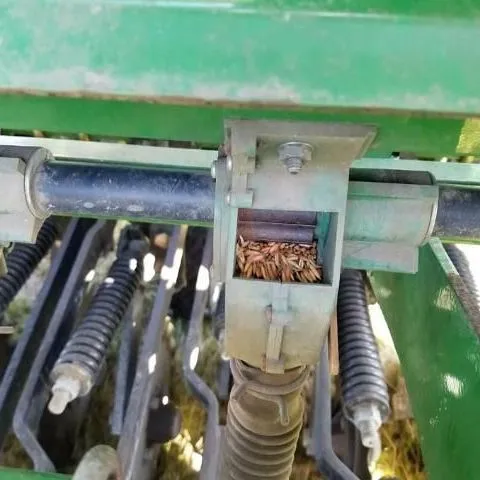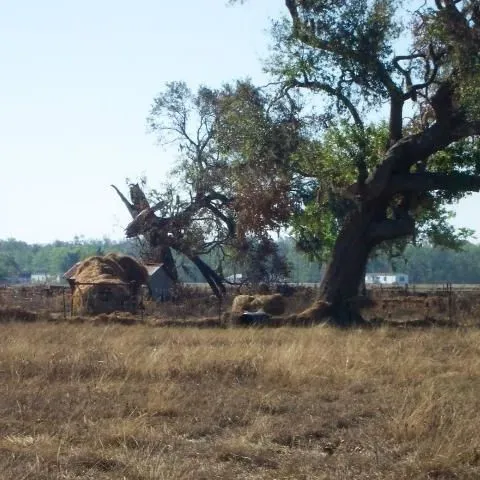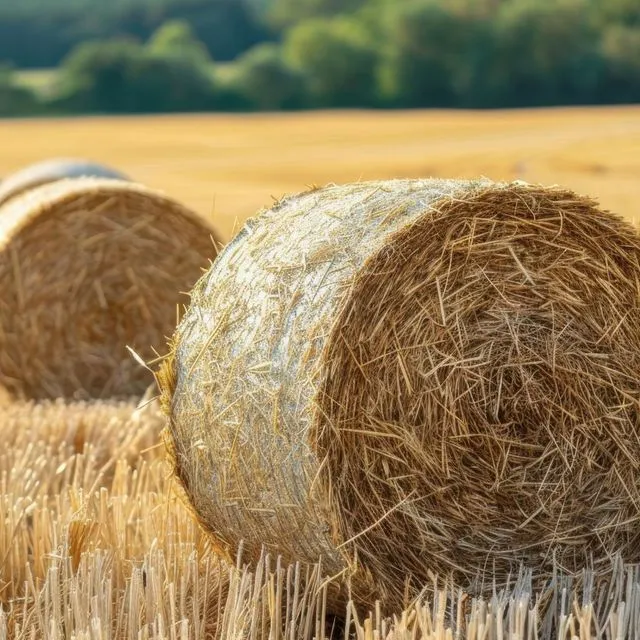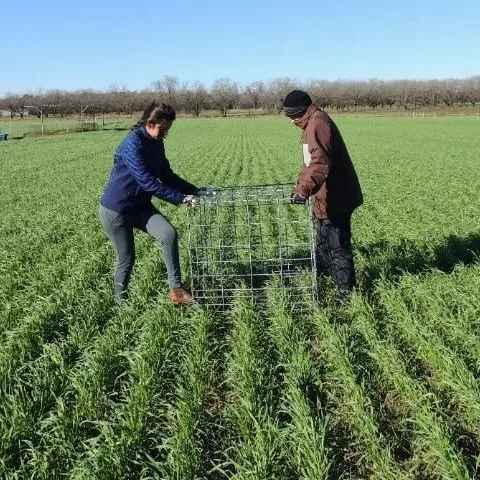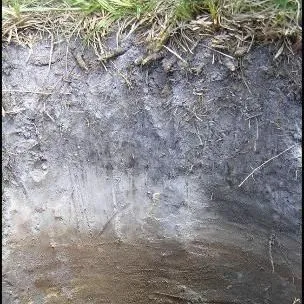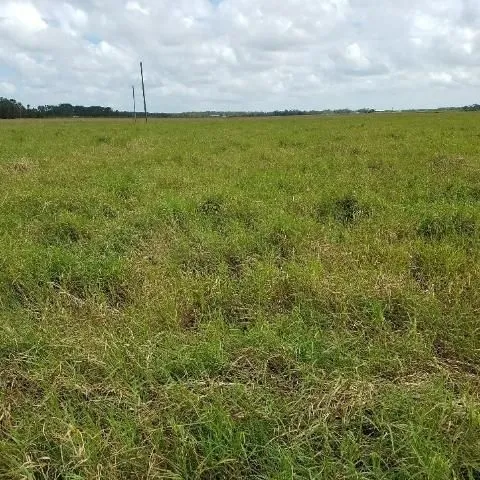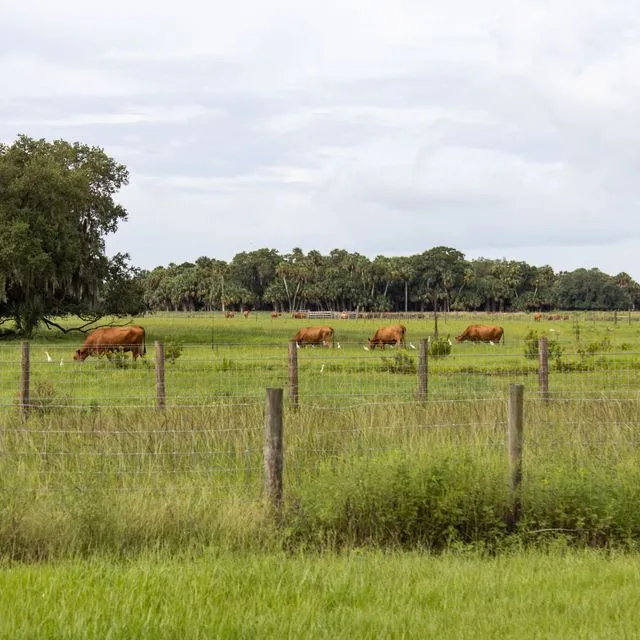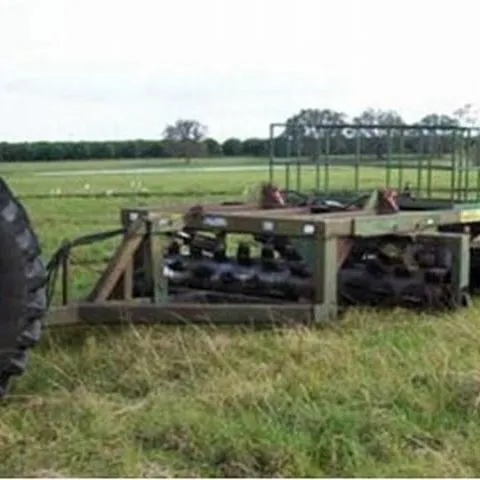Pastures
Available Languages:
English
An area devoted to the production of forage (introduced or native) and harvested by grazing. [NALT]
Pastures are those lands that are primarily used for the production of adapted, domesticated forage plants for livestock.[AGROVOC]
Narrower Topics
Forage
Forage is defined as the edible part of a plant, other than the separated grain, that is generally above ground and that can provide feed for grazing animals or can be harvested for feeding. [NALT]
Grazing Lands
Any vegetated land that is grazed or has the potential to be grazed by animals (domestic and wild). This term is all-inclusive and covers all kinds and types of land that can be grazed. [AGROVOC]
Related Topics: Weeds, Pastures
Publications
Showing 15 of 15 Publications
